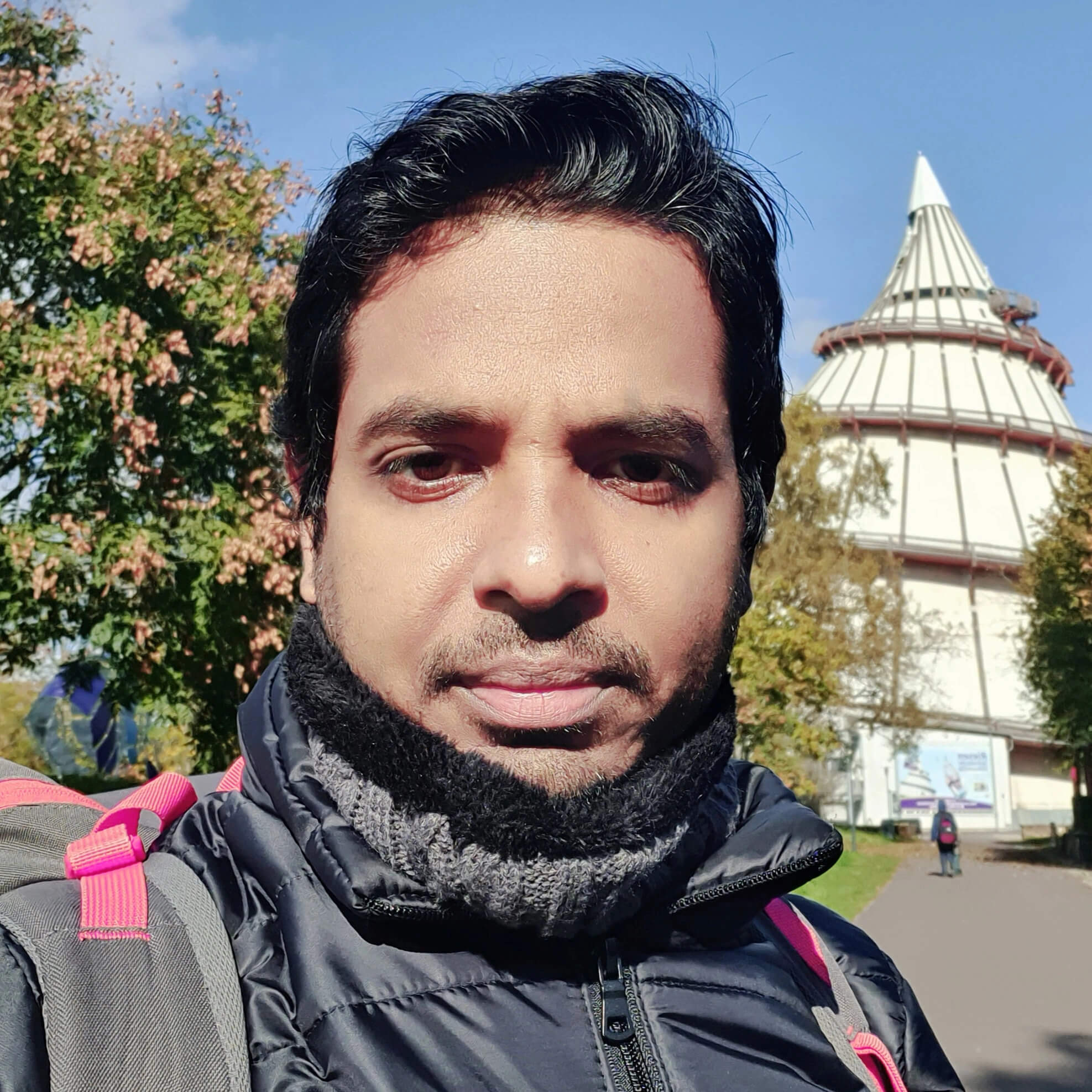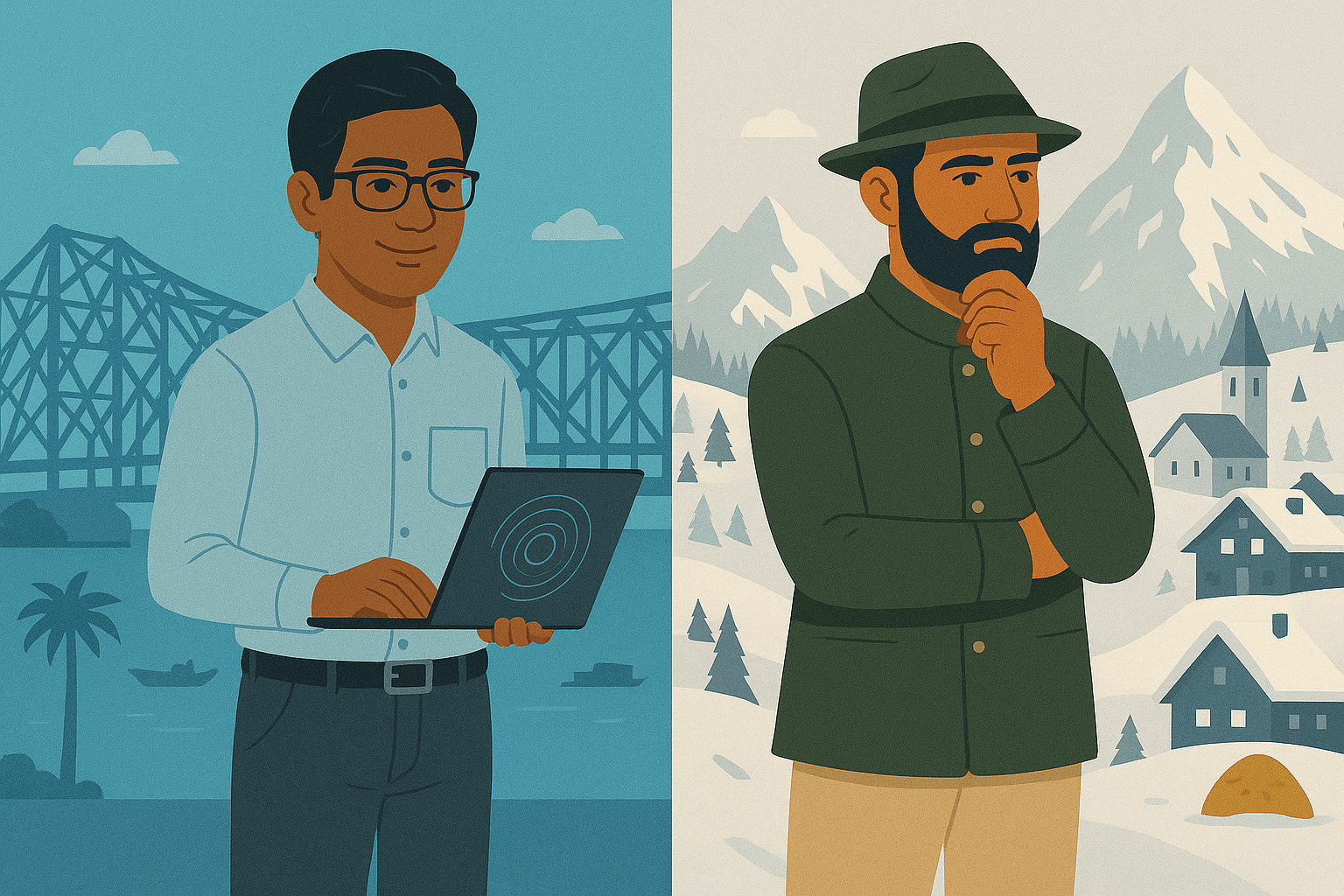
3 Tiny Cultural Quakes That Redefined My Normal (Part 3)
Through humor and humility, I reveal how cultural contrasts rebuild “home” piece by piece—not by erasing the past, but by laughing through the mess. The series continues with its third installment.
If Part 1 was about survival and Part 2 about adaptation, Part 3 is where the magic happens—the moments when cultural contrasts stop feeling like obstacles and start feeling like unexpected gifts. Here’s how three more “quakes” reshaped my German-Indian reality, turning festivals, food, and even grocery runs into tiny acts of reinvention.
Holi Colors → Karneval Confetti
I never liked getting drenched in Holi’s neon powders, but I loved how the entire neighborhood turned into a rainbow for a day.
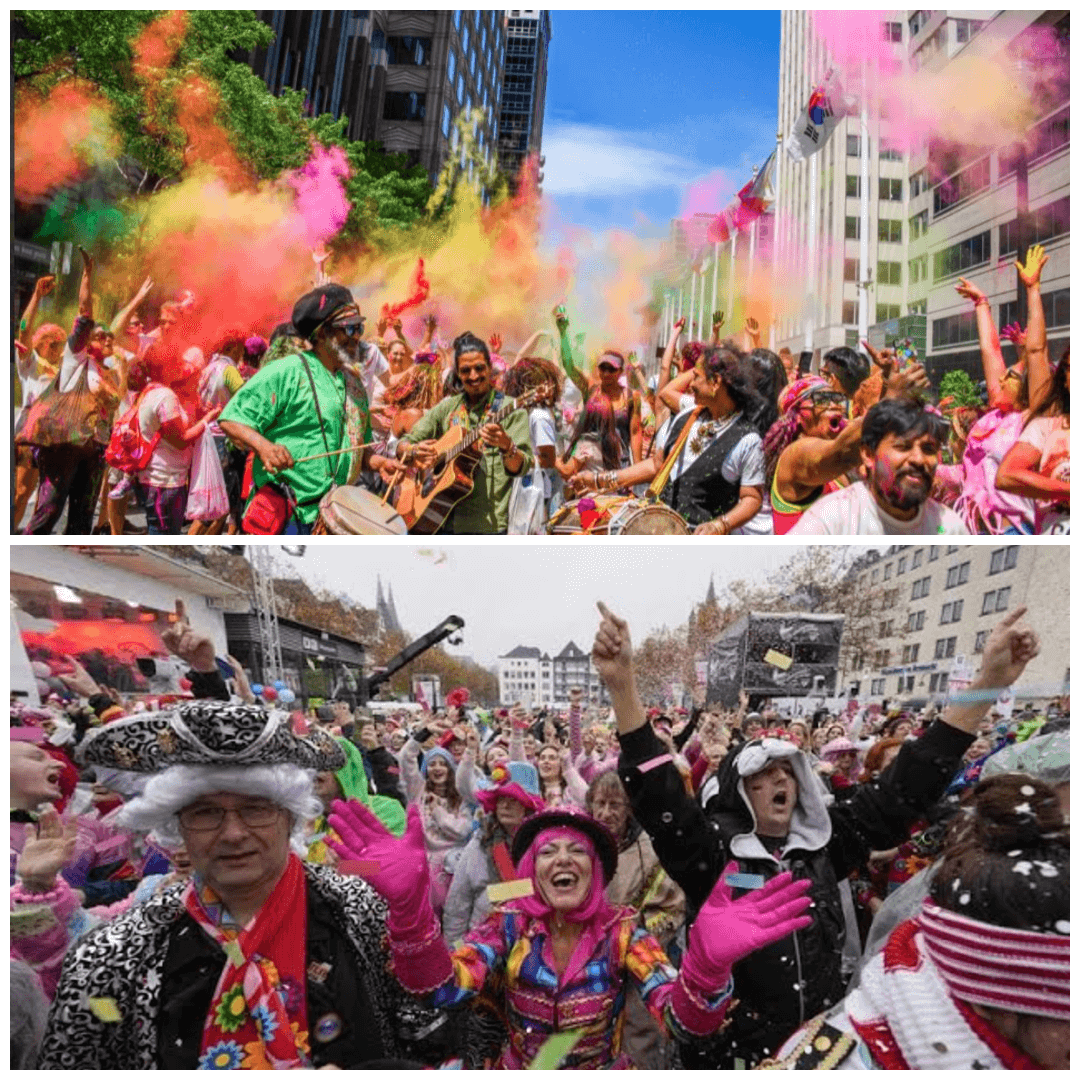
In Germany, winter’s gray monotony made me miss that burst of color—until I discovered Karneval on Rosenmontag. Picture this: entire cities morphing into costume parades, strangers pelting candy at you like human pinatas, and parents competing to craft the most elaborate kiddo costumes (brownie points for handmade dragon wings). My crowning achievement? Catching a flying plush monkey mid-air for my son at the home city parade.
Holi is about dissolving social hierarchies in a riot of color; Karneval is about structured chaos. Germans plan their costumes months in advance, while Indians embrace Holi’s spontaneity. Both, though, share a rebellious joy—a temporary escape from “normal.”
Takeaway:
Festivals aren’t about tradition—they’re permission slips to be someone else for a day.
Diwali Sparkle → Weihnachtsglow
Diwali in India was a sensory overload: crackling fireworks, sticky sweets, and oil lamps (diyas) flickering in every window. In Germany, I found a quieter kind of light.
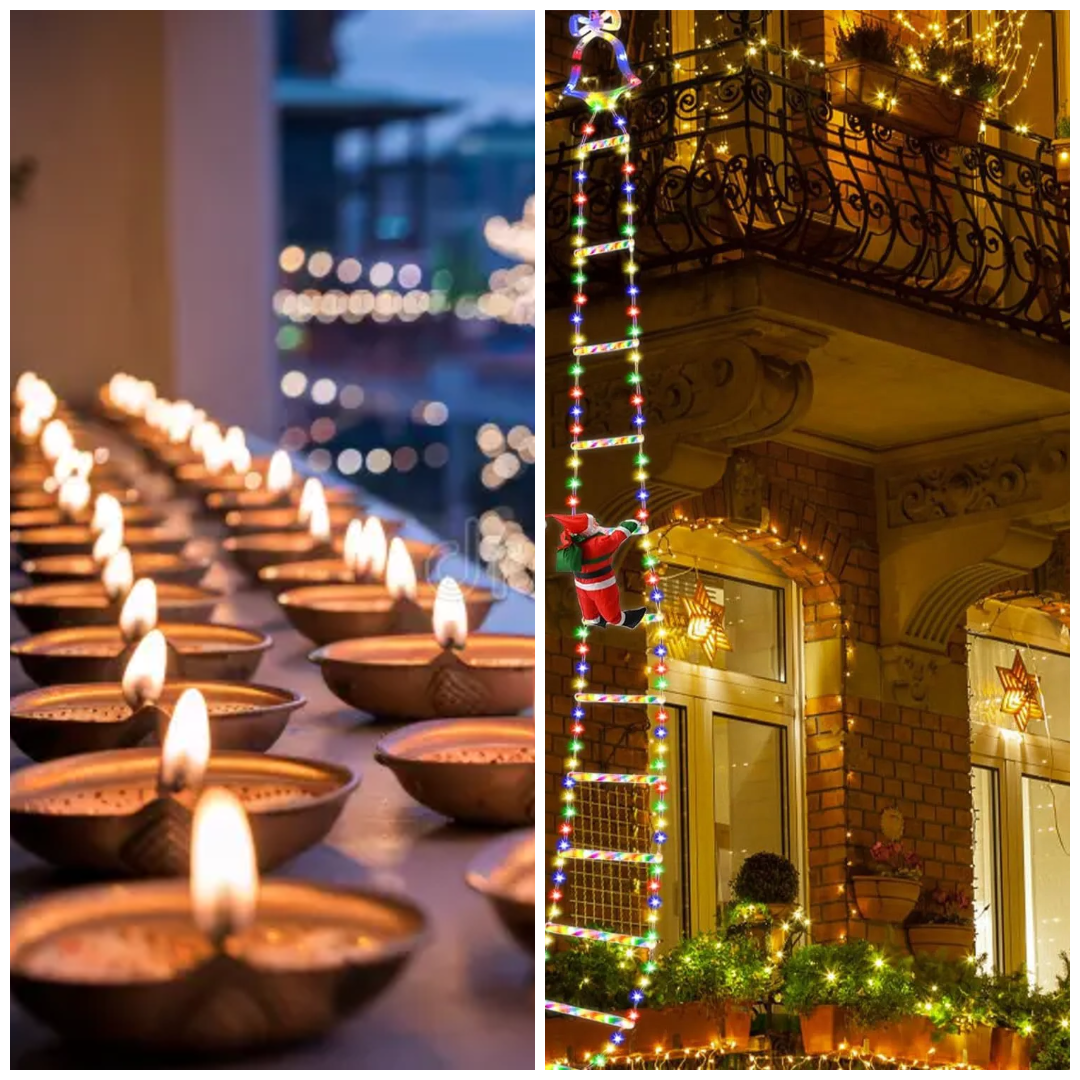
My first Weihnachten surprised me. Streets glowed with fairy lights, Christmas markets smelled of cinnamon and mulled wine, and my son’s kindergarten became a workshop for handmade ornaments. Instead of firecrackers, we baked Plätzchen; instead of diyas, we lit Adventskalendar candles. We decorated a Christmas tree and wrapped gifts for family and friends. The best part? Snow turning everything into a glittering wonderland—nature’s own festival decor.
Cultural Insight: Diwali celebrates victory over darkness; Weihnachten celebrates warmth in the cold. One is a roar, the other a whisper—but both use light to defy the gloom.
Takeaway:
Light isn’t just for seeing—it’s for remembering that joy can be loud or quiet, as long as it’s shared.
Online Bazaars → Supermarket Therapy
In India, I’d order groceries with a tap, racing to checkout before the next WhatsApp notification. In Germany, I learned to slow down—and actually enjoy it.
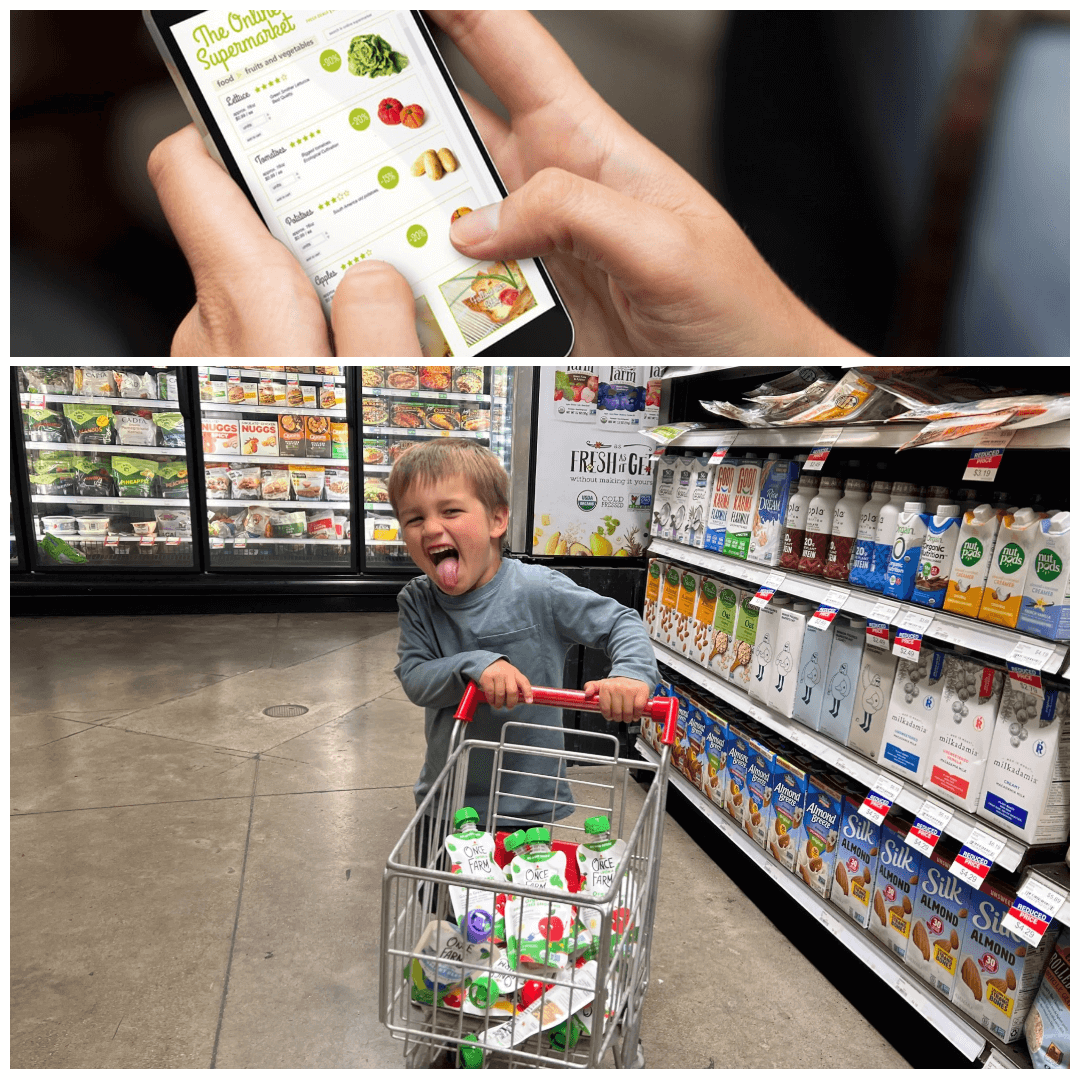
My first Aldi trip felt like a museum visit: inspecting apples for blemishes, debating cheese varieties with the Käsefrau, and letting my son “help” by dragging the Einkaufswagen. Now, grocery runs are our weekly ritual. He learns that bananas grow on trees (not delivery apps), and I rediscover the zen of choosing the perfect avocado.
India’s instant deliveries reflect a culture of convenience; Germany’s in-person shopping reflects a culture of intentionality. One isn’t better—just different rhythms.
Takeaway:
Sometimes, slowing down isn’t a sacrifice—it’s a way to find wonder in the mundane.
Conclusion: The Art of Blending Contrasts
Cultural whiplash doesn’t end—it evolves. What starts as confusion (Why are Germans so obsessed with paperwork? Why do Indians laugh during traffic jams?) slowly becomes a new lens to see the world. These three stories—festivals, light, and grocery runs—taught me that “home” isn’t a place you find. It’s a patchwork you stitch together from the best of both worlds.
So, should there be a Part 4? Let’s just say my notebook is full of more quakes waiting to become stories.
Stay tuned—and keep embracing the beautiful mess of living between worlds.
